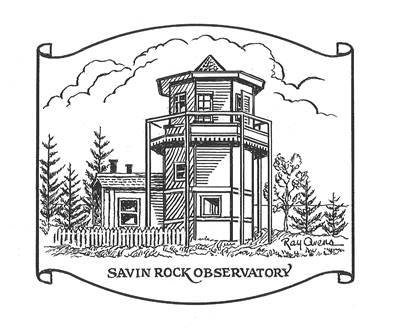
George R. Kelsey
In the years following the War Between the States, America began to advance herself by leaps and bounds, becoming an economic example, a world power, and an inspiration to many still living in the Old World.
In the words of historian David McCullough, “The war was past; the time had come to concentrate on ‘legitimate enterprise’. That seemed to be true spirit of the day. Clearly, a momentous new Age of Progress was dawning.”
“In Egypt, the French had nearly finished the Suez Canal. In Europe the Mont Cenis Tunnel, then the longest on earth, was being blasted beneath the Alps. But nowhere was there so much happening as on the continent of North America. The Union Pacific was laying track at a rate of eight miles a day by this time. In Massachusetts a hole was being bored nearly five miles through the solid rock of Hoosic Mountain, just to slice a little time off the railroad run from Boston to Albany. Boston itself was being doubled in size by filling in Back Bay swamp. In New York Cornelius Vanderbilt was erecting a very grand new Grand Central Depot, the train-shed roof of which, an immense vault of glass and iron, would contain the largest interior space in the country. There was a new tunnel under the Chicago River, a first Bridge over the Missouri at Kansas City, and at St. Louis a river captain named Eads had begun building a railroad bridge over the Mississippi.”
That spirit of optimism and achievement was clearly reflected in the works of George R. Kelsey: For even as West Haven, Borough of Orange, was building its own borough hall, which was connected to other communities by telegraph lines, even as it was beginning its transition from a strictly farming community; even as it was beginning to be known for its shipbuilding industry, it was aided in its advancement by the efforts of George Kelsey.
Colonel Kelsey served with the 6th Regiment of the Connecticut Volunteers during the Civil War. A businessman at heart, Kelsey spent his postwar years buying a controlling interest in a horse-drawn trolley system located in West Haven. Next, Kelsey extended Campbell Avenue and the trolley tracks down to the Savin Rock area. In addition, he supplemented his transportation interests by building a 1,500-foot pier out into Long Island Sound that was capable of accommodating ferry service regardless of the height of the tides. Soon, ferries began to run routinely from Savin Rock to Lighthouse Point and New Haven’s inner harbor. With his transportation infrastructure in place, Kelsey began developing attractions to bring visitors to the area.
Those attractions started with the construction on Beach Street of the Sea View Hotel, a Victorian mansion capable of housing 150 wealthy guests. Kelsey then built a park alongside the hotel and encouraged local businessmen to use his property for providing amusements for his guests. Soon there was a small zoo, museum, and a dance hall on the property. As his operation grew, Kelsey added gardens, a fountain, and numerous small food and souvenir stands. Next came a bandstand, and musical entertainment brought in crowds from New Haven, eager for entertainment. An area dubbed “Railroad Grove” was stocked with merry-go-rounds and shooting galleries; next came a miniature elevated railway and a roller-coaster. Atop Savin Rock, he built an observatory (which would burn to the ground years later). George Kelsey had put West Haven on the map!
But Kelsey didn’t stop there: He was also involved with the West Haven Buckle Company, which had been founded in 1843 and then owned by Daniel Trowbridge, and was once located on Washington Avenue.
Kelsey then reorganized the American Buckle Company, which was located on lower Campbell Avenue; although it is now defunct, the factory still stands, as a reminder of West Haven’s Industrial Age.
Together, these two factories produced buckles, buttons and a large variety of prosthetic clips and braces; they also produced hardware for use on overalls. Both factories continued to operate until the latter half of the 20th Century.
Our thanks to George Kelsey for his good works which did much to benefit the citizens of West Haven. Today he is buried in Oak Grove Cemetery, along with many of the others who have contributed greatly for our community!
(Attached artwork was created by the late Ray E. Owens.)